The 1970s was a time of musical revolution, with artists pushing boundaries and creating albums that would go on to influence entire genres. From the rise of classic rock to the birth of disco, punk, and soul, this decade produced some of the most groundbreaking and genre-defining records in history. These albums not only defined the sound of their time but also paved the way for the future of music.
Looking back, it’s clear that the 70s was a transformative period in the music world. Each of these 16 albums captured something unique about the era—whether it was a cultural shift, an innovation in sound, or a fearless approach to storytelling. If you’re a fan of music history or simply want to understand the roots of the sounds we love today, these albums are a must-listen.
The Dark Side of the Moon – Pink Floyd

Pink Floyd’s “The Dark Side of the Moon” is an iconic masterpiece that redefined the boundaries of rock music in the 1970s. Released in 1973, its seamless blend of progressive rock with philosophical lyrics captivated audiences worldwide. The album’s innovative use of studio effects and synthesizers created an immersive sound experience.
Its themes of mental health, greed, and time resonated deeply, making it a timeless classic. The album cover, featuring a prism dispersing light, became a visual icon. Pink Floyd’s creative genius in this album pushed the limits of musical storytelling, influencing countless artists and genres.
Rumours – Fleetwood Mac
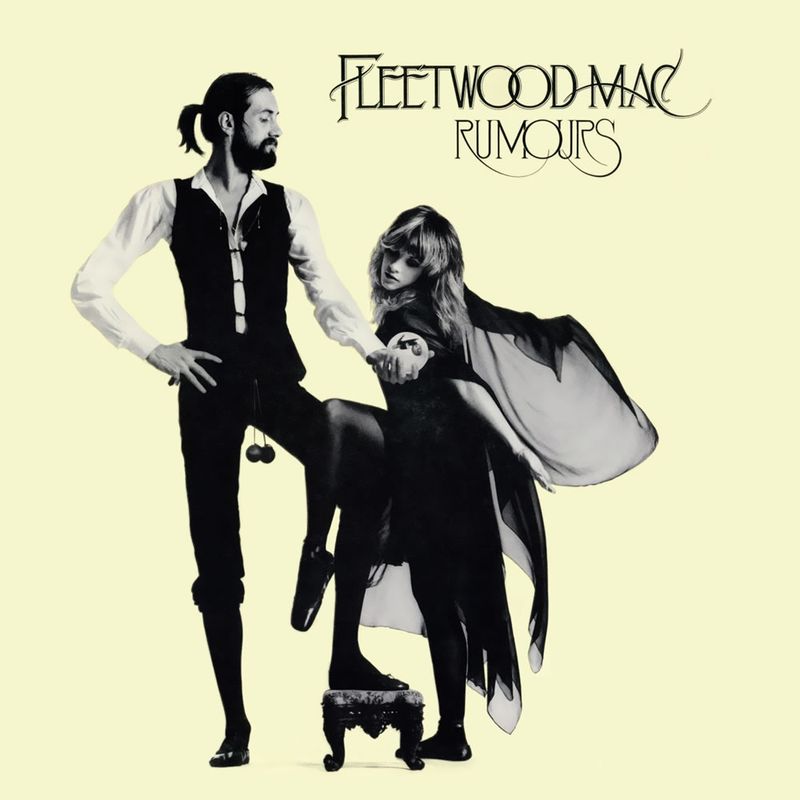
Fleetwood Mac’s “Rumours,” released in 1977, stands as a testament to personal turmoil transformed into musical brilliance. The album, characterized by its harmonious blend of rock and pop, was born out of the band’s internal struggles.
Each track offers a glimpse into the band’s emotional landscape, with lyrics that speak to love, heartbreak, and resilience. The seamless harmonies and catchy melodies captivated listeners, making it one of the best-selling albums of all time. Despite the chaos surrounding its creation, “Rumours” remains a symbol of artistic perseverance and a milestone in rock history.
Led Zeppelin IV – Led Zeppelin
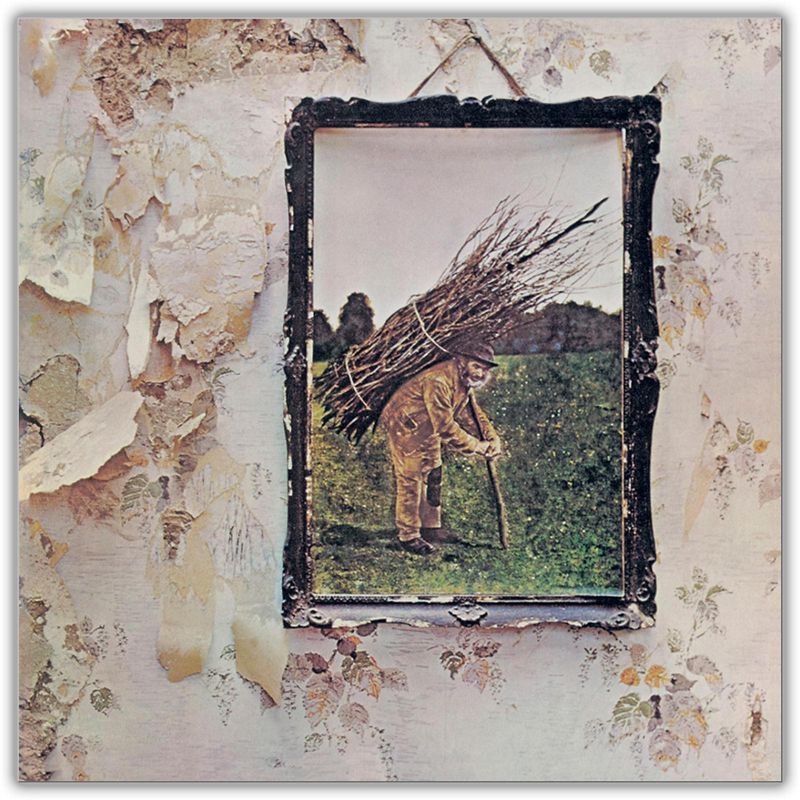
Led Zeppelin’s untitled fourth album, often referred to as “Led Zeppelin IV,” unleashed a wave of hard rock that continues to reverberate today. Released in 1971, it was an amalgamation of powerful riffs, mystical lyrics, and epic compositions.
“Stairway to Heaven,” its most celebrated track, has become an anthem of rock music. The album’s fusion of blues, folk, and rock elements showcased the band’s versatility and musical prowess. The iconic cover, featuring mysterious symbols, added to its allure. Led Zeppelin IV remains a cornerstone in the rock genre, inspiring generations of musicians.
Hotel California – Eagles

The Eagles’ “Hotel California,” released in 1976, encapsulated the idyllic yet haunting spirit of 1970s California. Its title track, with its intricate guitar solos and enigmatic lyrics, remains a classic.
The album explores themes of excess, fame, and disillusionment, resonating with the era’s cultural climate. With a blend of rock and country influences, the album achieved massive commercial success. The cover, depicting a luxurious hotel at dusk, mirrored its themes of opulence and mystery. “Hotel California” continues to captivate listeners with its timeless allure and artistic depth.
The Rise and Fall of Ziggy Stardust and the Spiders from Mars – David Bowie
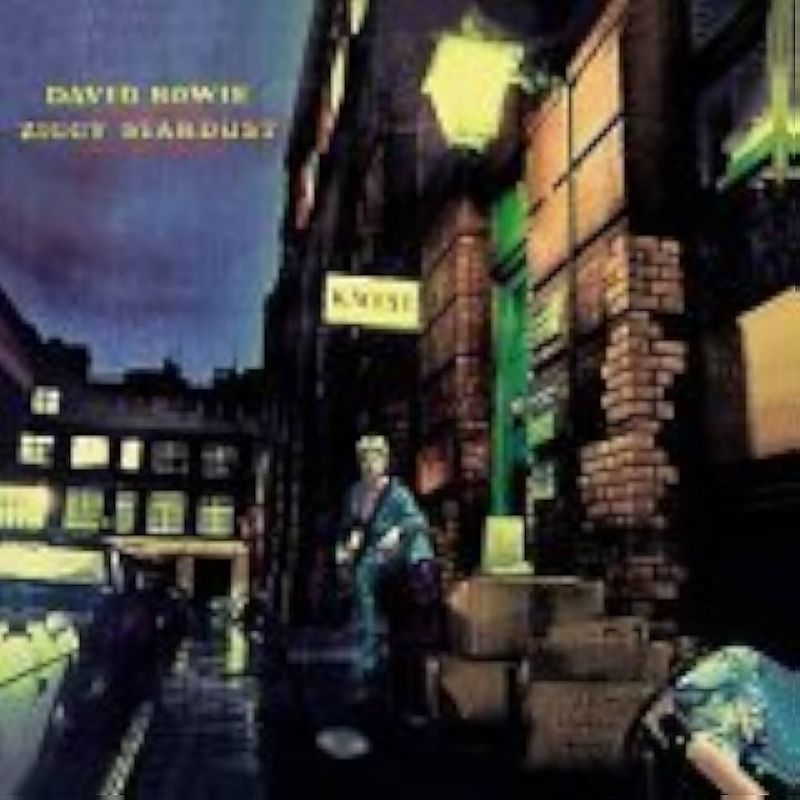
David Bowie’s “The Rise and Fall of Ziggy Stardust and the Spiders from Mars” was a bold artistic statement that revolutionized glam rock in the early 1970s. Released in 1972, the album tells the story of Ziggy Stardust, a fictional rock star.
Bowie’s theatricality and innovative sound captivated audiences, blending rock with science fiction themes. Each track is a narrative piece that explores fame, identity, and apocalypse. Bowie’s Ziggy persona became an iconic symbol of artistic freedom and self-expression. The album’s impact on music and culture remains profound, influencing future generations of artists.
What’s Going On – Marvin Gaye
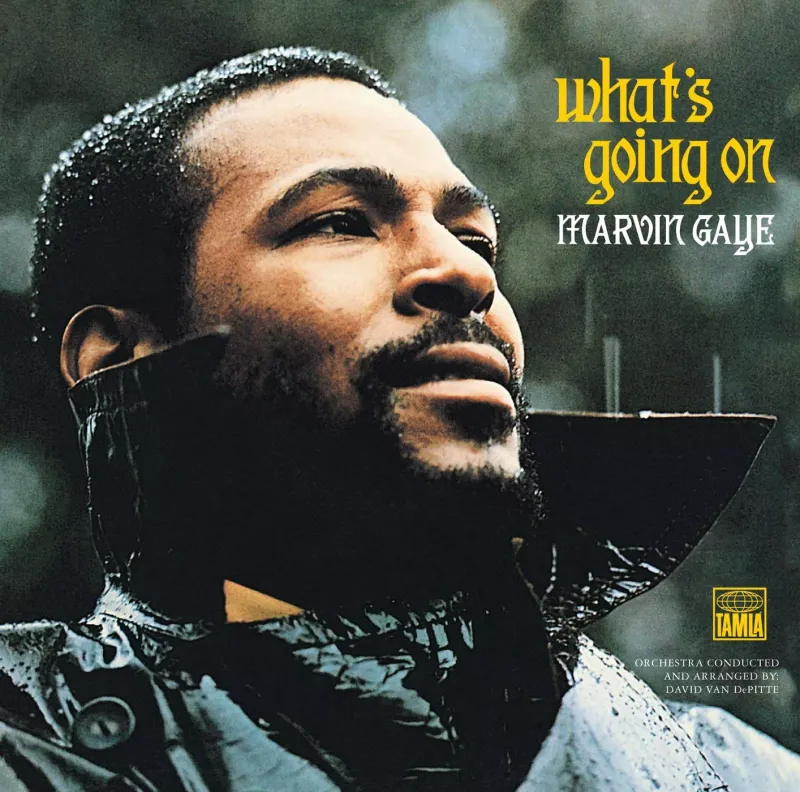
Marvin Gaye’s “What’s Going On,” released in 1971, is a groundbreaking album that addressed social and political issues through soulful melodies. Gaye’s heartfelt vocals and poignant lyrics tackled topics like war, poverty, and environmental concerns.
The album’s seamless blend of soul, jazz, and classical influences created a unique sound that resonated with listeners. It marked a departure from traditional Motown themes, showcasing Gaye’s artistic maturity. “What’s Going On” remains a timeless reflection on humanity’s struggles and hopes, inspiring artists and activists alike. Its legacy as a catalyst for change continues to endure.
London Calling – The Clash

The Clash’s “London Calling,” released in 1979, was a seismic force in the punk rock scene, blending elements of reggae, ska, and rockabilly. The album’s gritty sound and rebellious lyrics captured the socio-political climate of late 70s Britain.
Tracks like “London Calling” and “Clampdown” resonated with a generation seeking change. The album’s diverse musical influences showcased The Clash’s versatility and creativity. Its raw energy and thought-provoking themes have cemented “London Calling” as a defining moment in punk history. The album continues to inspire musicians and listeners with its enduring message of resistance.
A Night at the Opera – Queen
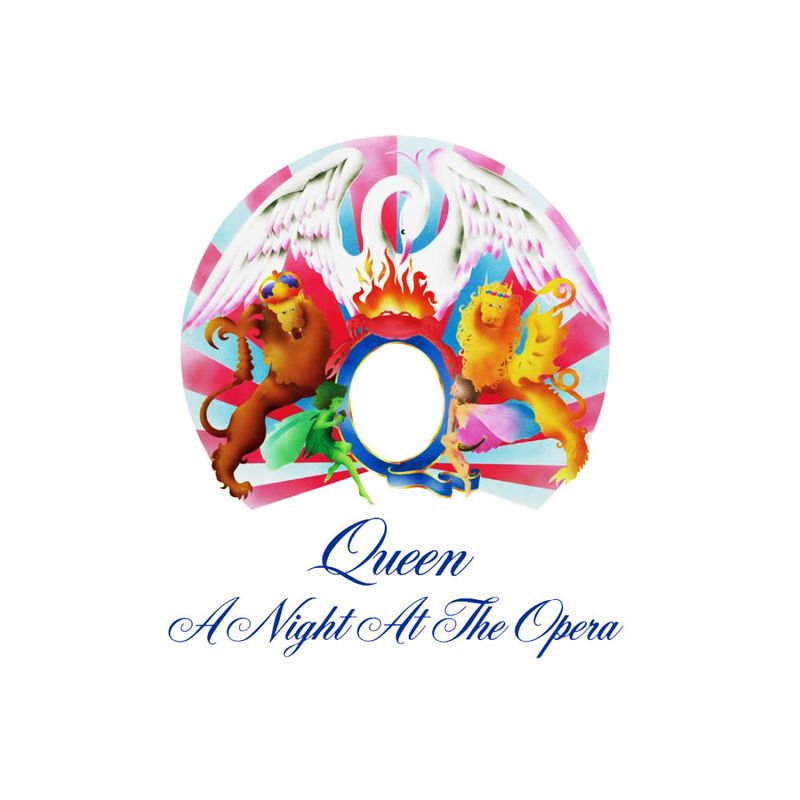
Queen’s “A Night at the Opera,” released in 1975, was a monumental achievement in rock music. The album showcased the band’s eclectic style, blending rock, opera, and theatrical elements.
“Bohemian Rhapsody,” its most famous track, became a cultural phenomenon with its innovative structure and powerful vocals. Each song on the album displayed Queen’s artistic range and technical precision. The album’s elaborate production pushed the boundaries of studio recording, setting new standards for rock music. “A Night at the Opera” remains a testament to Queen’s musical genius and enduring legacy.
Exile on Main St. – The Rolling Stones
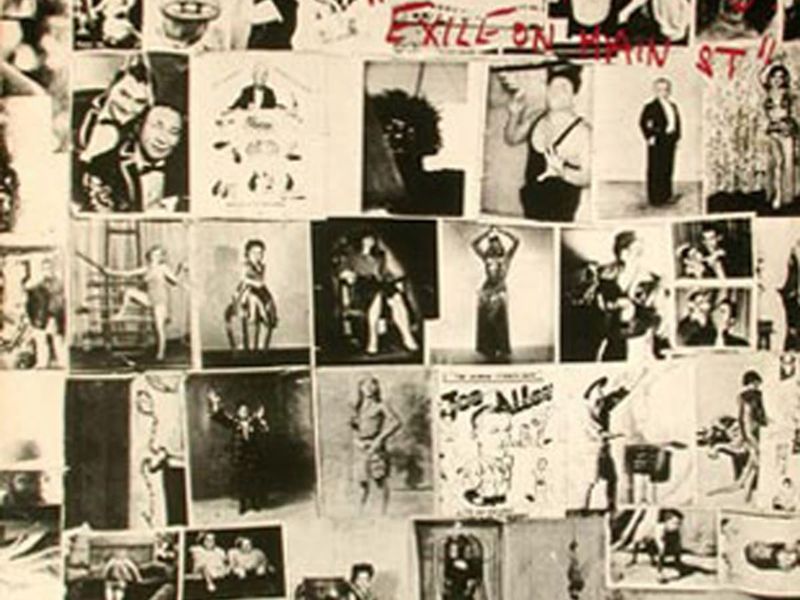
The Rolling Stones’ “Exile on Main St.,” released in 1972, is a raw and gritty exploration of rock and roll’s rebellious spirit. Recorded in a French villa, the album’s eclectic mix of blues, rock, and country influenced its distinct sound.
Its unpolished vibe and diverse tracks captured the essence of the band’s eclectic influences. The album’s themes of decadence and survival mirrored the era’s cultural landscape. “Exile on Main St.” stands as a testament to the Stones’ resilience and creativity, inspiring countless musicians with its authentic rock and roll spirit.
Saturday Night Fever – Bee Gees
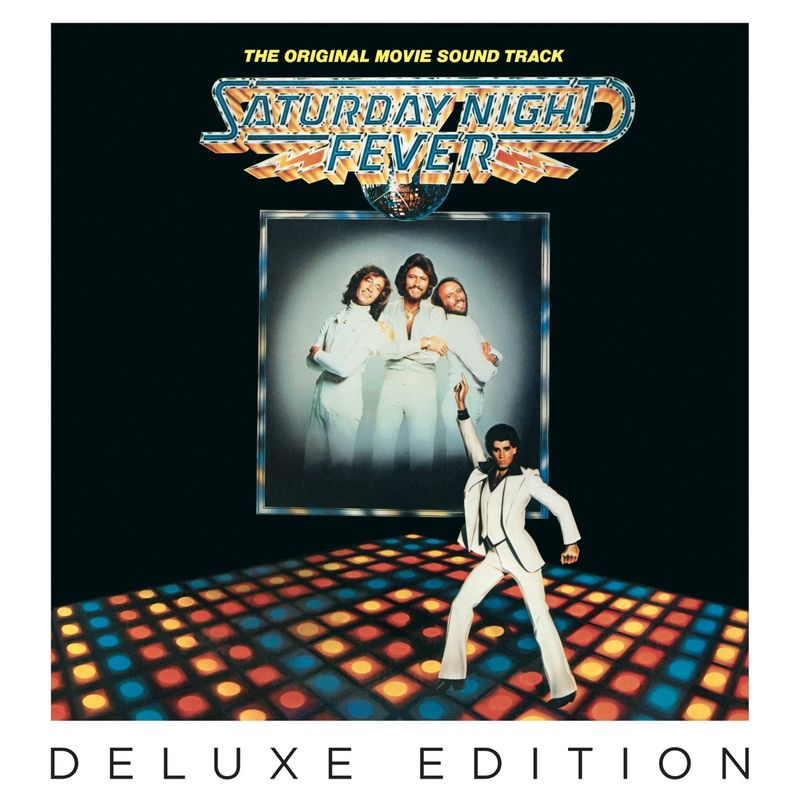
The “Saturday Night Fever” soundtrack, featuring the Bee Gees, defined the disco era of the late 1970s. Released in 1977, the album’s infectious beats and harmonious vocals captivated audiences worldwide.
Tracks like “Stayin’ Alive” and “Night Fever” became anthems of the dance floor, embodying the era’s exuberance. The album’s success propelled disco into the mainstream, influencing music and fashion. Its cultural impact was immense, shaping the nightlife scene and music industry. Even today, “Saturday Night Fever” continues to be a nostalgic reminder of the vibrant disco movement and its lasting legacy.
Tapestry – Carole King
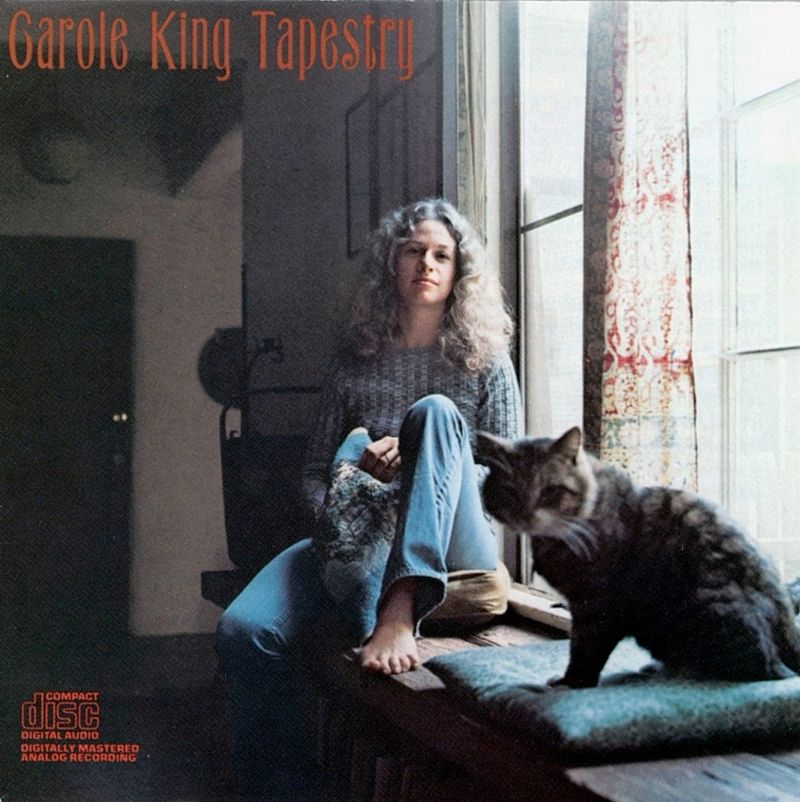
Carole King’s “Tapestry,” released in 1971, is a landmark album in singer-songwriter history. With its heartfelt lyrics and soulful melodies, the album resonated deeply with audiences.
Songs like “It’s Too Late” and “You’ve Got a Friend” showcased King’s emotional depth and musical talent. The album’s introspective tone and relatable themes of love and self-discovery made it a commercial success. “Tapestry” solidified Carole King’s position as a pioneering artist, influencing future generations of singer-songwriters. Its enduring appeal continues to inspire listeners with its timeless beauty and authenticity.
Born to Run – Bruce Springsteen

Bruce Springsteen’s “Born to Run,” released in 1975, is a quintessential rock album that captured the spirit of youthful dreams and aspirations. The album’s cinematic storytelling and powerful sound resonated with listeners, making it a defining moment in Springsteen’s career.
Tracks like “Thunder Road” and “Born to Run” became anthems of hope and rebellion. The album’s lush production and dynamic arrangements showcased Springsteen’s artistic vision. “Born to Run” remains a testament to the power of rock music to inspire and connect, leaving a lasting legacy in the hearts of fans.
Horses – Patti Smith
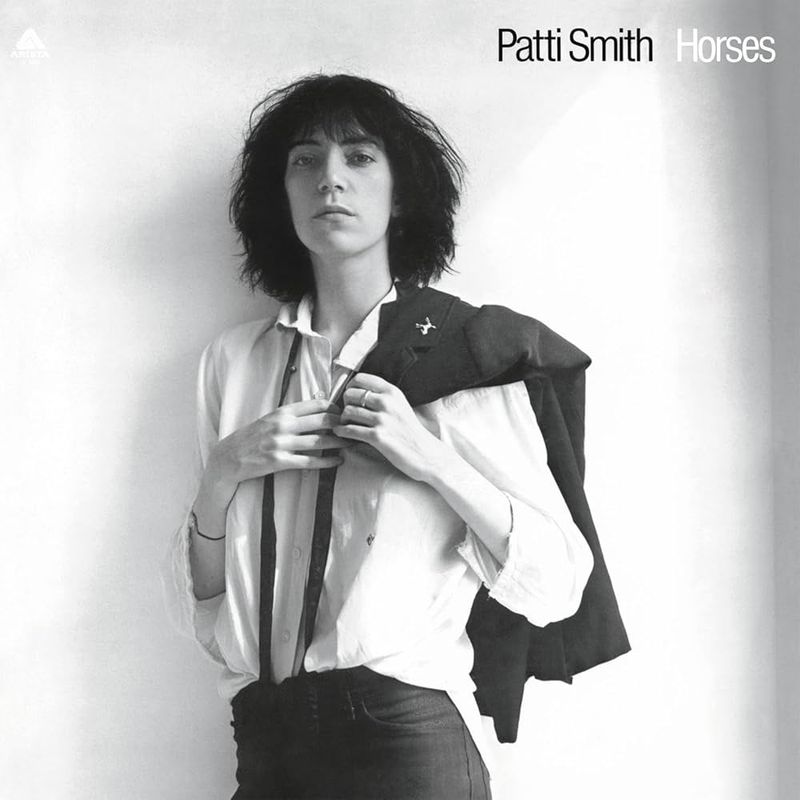
Patti Smith’s “Horses,” released in 1975, was a groundbreaking album that fused punk rock with poetic lyricism. Smith’s raw intensity and rebellious spirit challenged conventional norms, making the album a seminal work in the punk genre.
Tracks like “Gloria” showcased her ability to blend rock and poetry seamlessly. The album’s unfiltered expression and artistic daring inspired a generation of musicians and writers. “Horses” remains a powerful statement of individuality and artistic freedom, influencing countless artists with its fearless exploration of identity and creativity.
Abbey Road – The Beatles
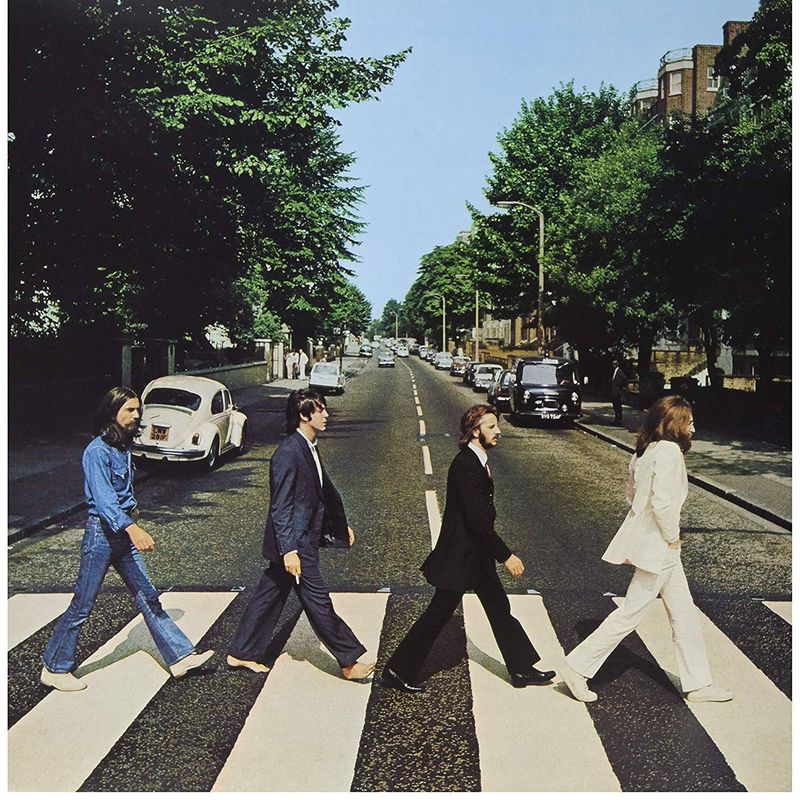
Though released in 1969, “Abbey Road” by The Beatles continued to shape the music of the early 70s. Known for its innovative production and timeless melodies, the album marked the band’s final studio collaboration.
Tracks like “Come Together” and “Here Comes the Sun” became timeless classics. The album’s seamless medley on the B-side showcased The Beatles’ creativity and musical evolution. “Abbey Road” remains a beloved masterpiece, symbolizing the end of an era and the enduring influence of The Beatles on modern music.
Paranoid – Black Sabbath
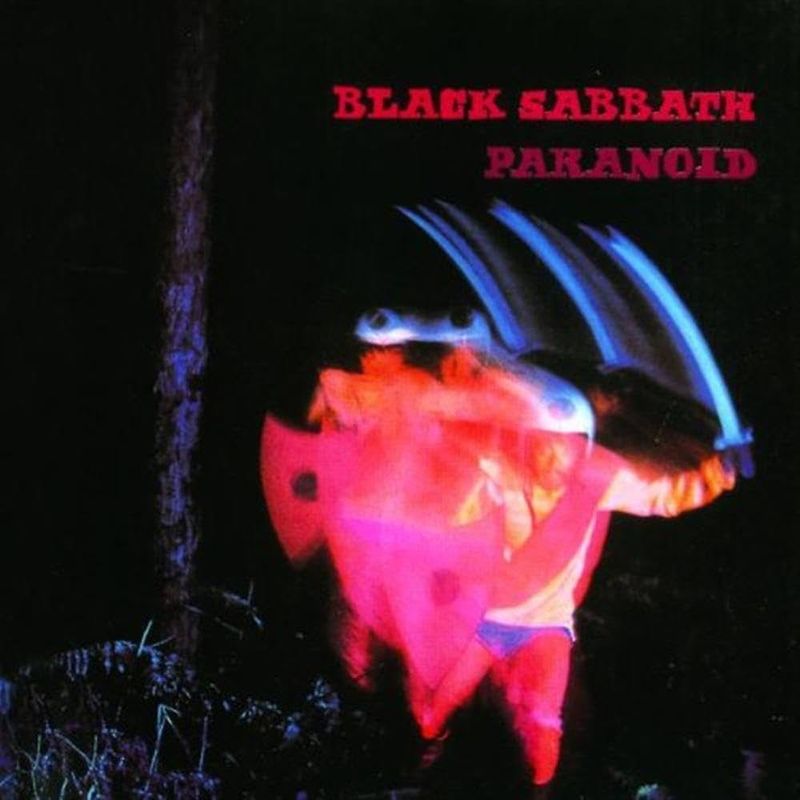
Black Sabbath’s “Paranoid,” released in 1970, is a cornerstone of the heavy metal genre. The album’s dark, heavy sound and themes of alienation and societal discontent resonated with the era’s youth.
Tracks like “Iron Man” and “War Pigs” showcased the band’s powerful riffs and Ozzy Osbourne’s distinctive vocals. “Paranoid” set the blueprint for heavy metal, influencing countless bands and shaping the genre’s evolution. Its impact on music and culture is profound, establishing Black Sabbath as pioneers in the world of hard rock and heavy metal.
Songs in the Key of Life – Stevie Wonder
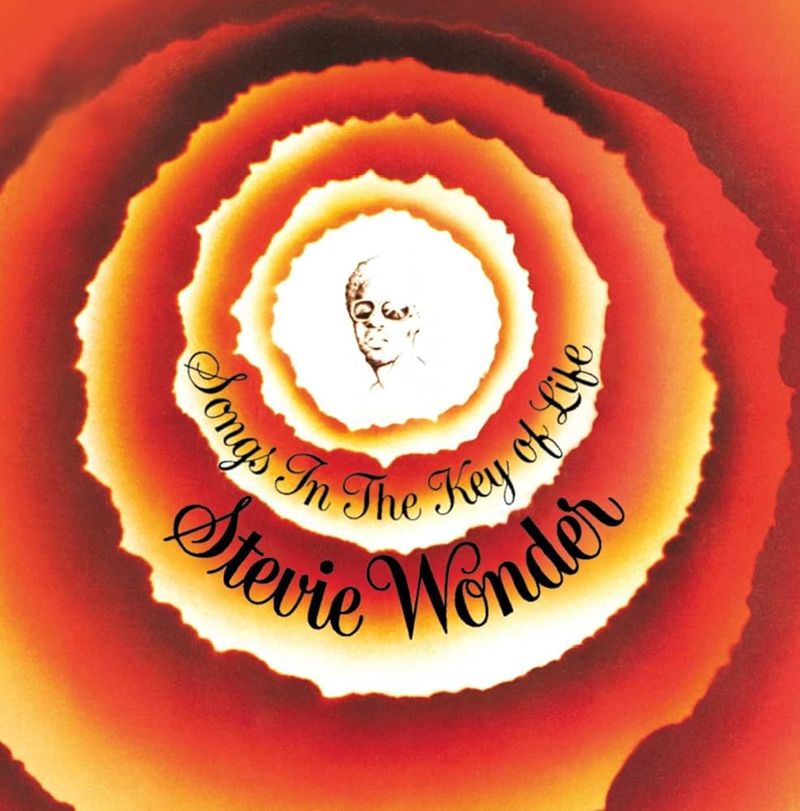
Stevie Wonder’s “Songs in the Key of Life,” released in 1976, is a masterful exploration of life and love through music. The album’s rich tapestry of soul, funk, and jazz captivated audiences with its depth and complexity.
Tracks like “Sir Duke” and “Isn’t She Lovely” showcased Wonder’s musical genius and heartfelt expression. The album’s ambitious scope and innovative production set new standards in music. “Songs in the Key of Life” remains a testament to Stevie Wonder’s enduring influence, inspiring artists across genres with its celebration of life’s beauty and diversity.
